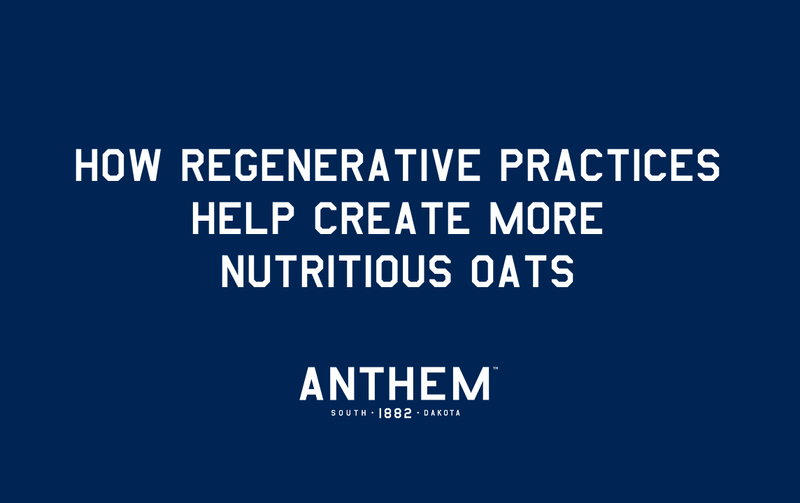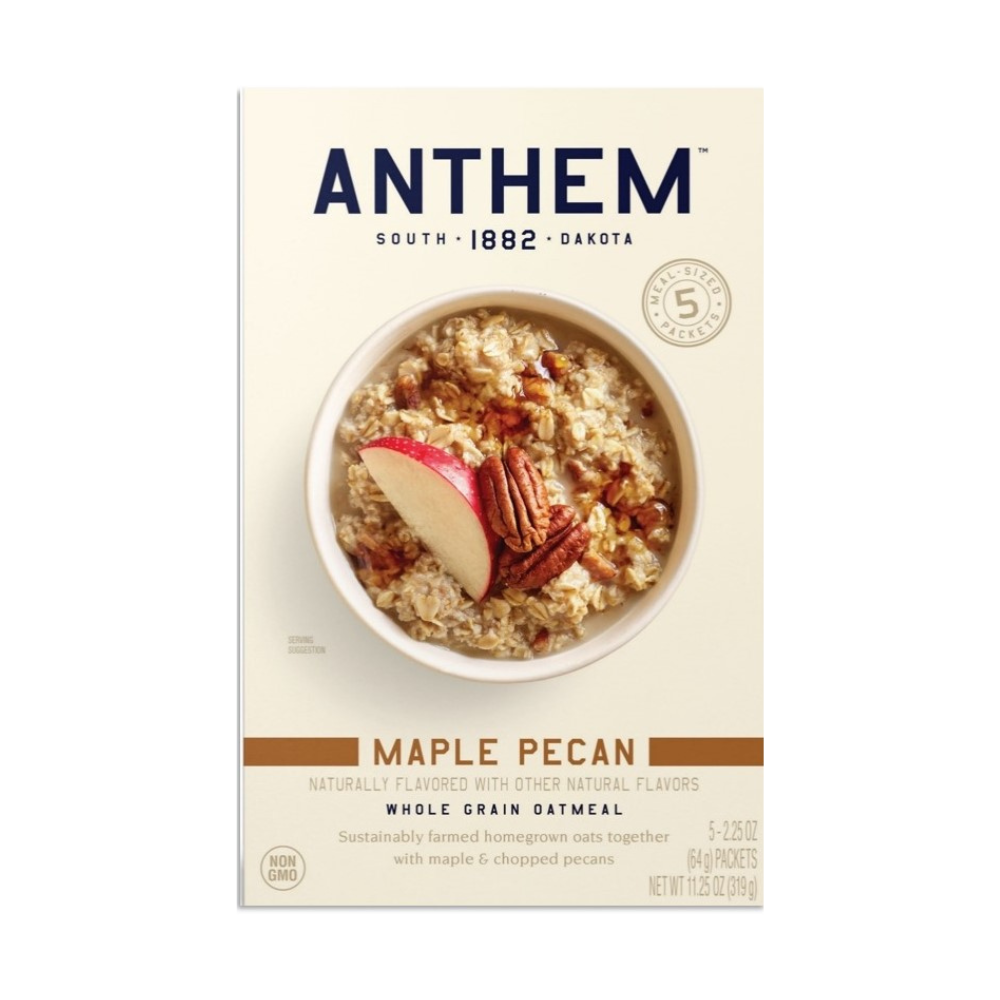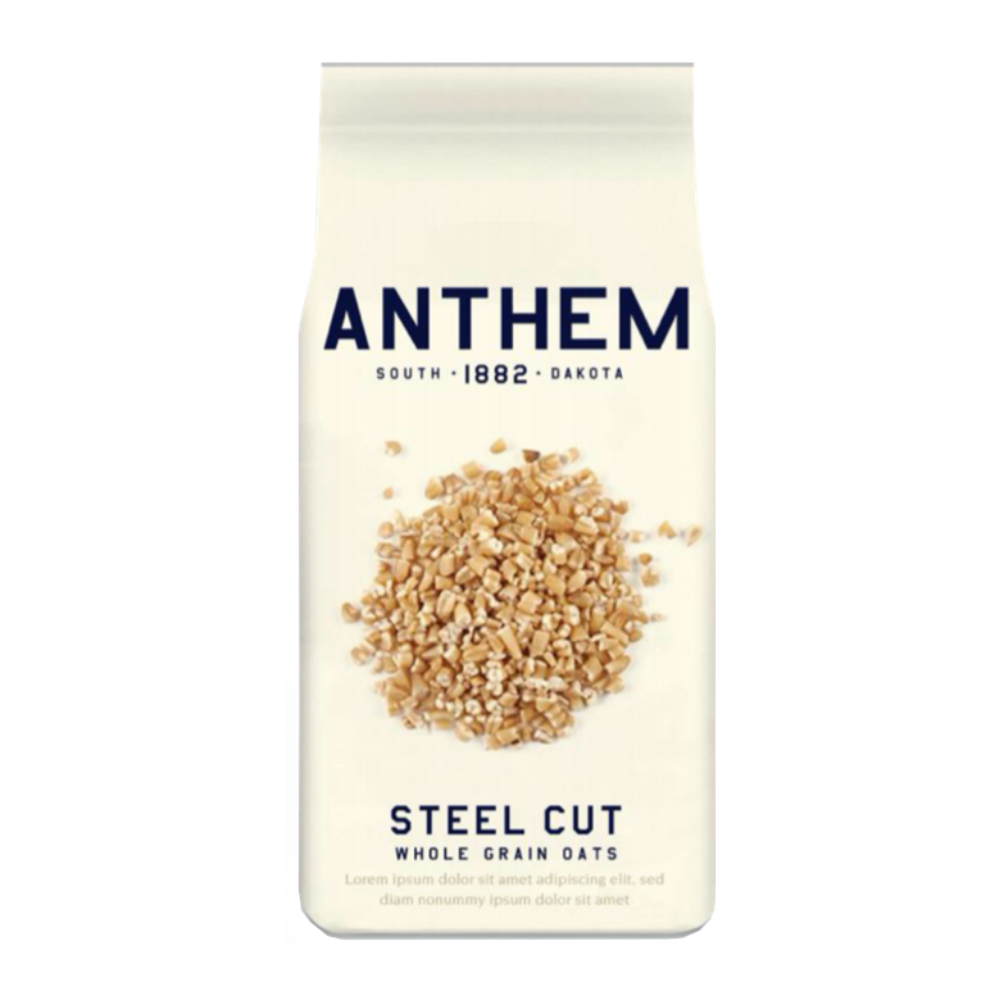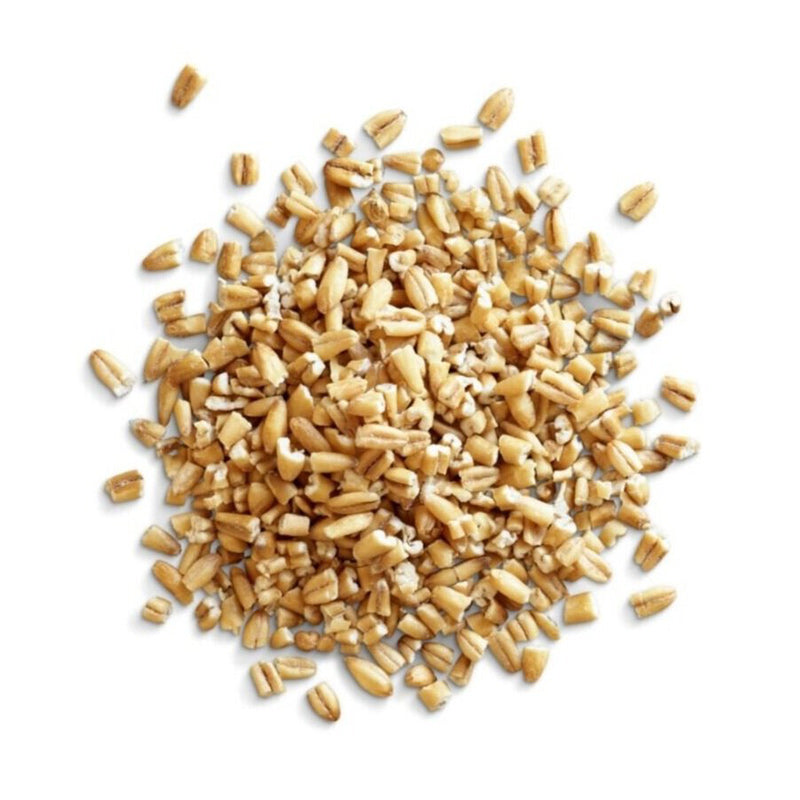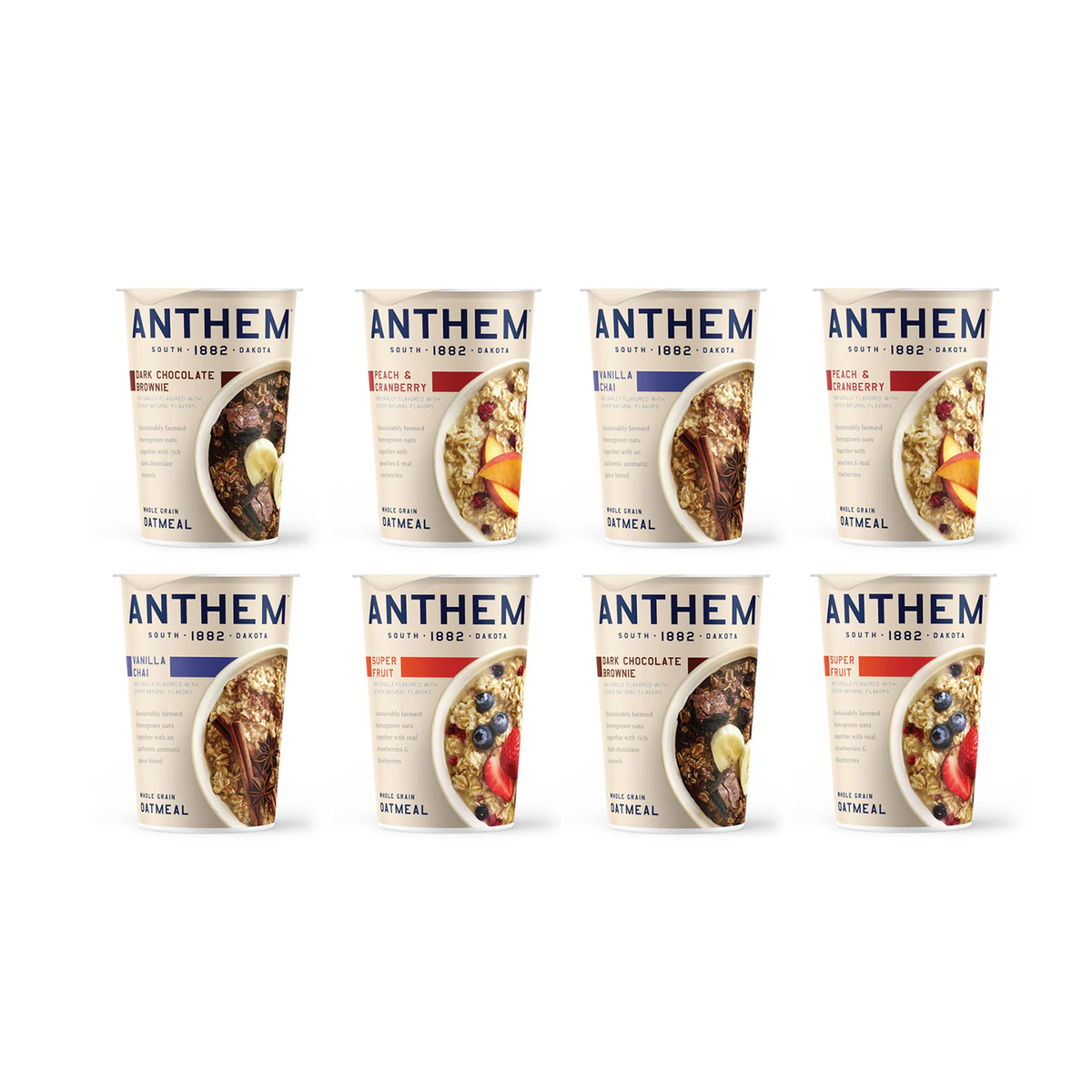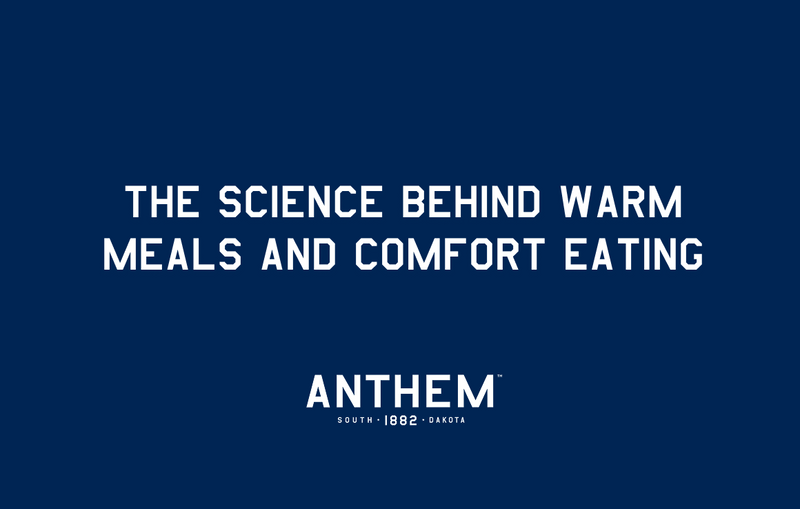
As the days grow shorter and temperatures drop, many of us crave the familiar comfort of something warm and nourishing. A steaming bowl of oatmeal in the fall feels instinctive , the kind of food that eases the transition into colder months. But there’s more at play than habit or nostalgia. The calming effect of warm meals has roots in both physiology and psychology, and oatmeal sits at the intersection of them all.
How Warm Food Affects the Body
Eating warm food raises body temperature through a process called diet-induced thermogenesis. This subtle rise in heat signals the parasympathetic nervous system, which is responsible for rest, digestion, and relaxation. In effect, a hot bowl of oatmeal helps your body downshift from stress into comfort.
Warm foods also increase blood flow, creating a sense of circulation and vitality on colder mornings. For those who start the day outside or in a chilly house, the warmth of oatmeal can act like an internal blanket, helping regulate temperature before heading out into the day.
The Emotional Connection
Beyond biology, warm foods carry powerful emotional associations. Psychologists studying comfort foods have found that temperature and texture influence how we perceive safety and belonging. Creamy, soft foods like oatmeal often link back to early experiences of being cared for , a warm breakfast prepared by a parent, a family holiday tradition, or a cozy morning at home.
These associations become stronger during fall, when shorter daylight hours can impact mood. Having a morning ritual built around a warm, nourishing meal helps reinforce stability and provides a sense of grounding.
Why Oatmeal Stands Out
Oatmeal isn’t just warm , it delivers nutrients that make its comfort long-lasting. The soluble fiber in oats, called beta-glucan, slows digestion, stabilizes blood sugar, and supports heart health. Unlike quick-burning breakfast foods, oatmeal provides steady energy that lasts through the morning.
Oats also contain tryptophan, an amino acid that supports serotonin production. This connection between food and mood is one reason oatmeal can feel uplifting during darker months, when serotonin naturally dips. Combined with the heat of a fresh bowl, the nutritional profile helps explain why oatmeal feels as satisfying as it does.
A Seasonal Fit
Fall is an ideal season to lean into warm meals. The cooler air outside, paired with seasonal flavors like cinnamon, nutmeg, and apple, makes oatmeal a natural centerpiece. Adding seasonal fruit not only enhances taste but also increases the nutritional density of the bowl. Apples, pears, or pumpkin provide antioxidants and fiber that align with the season’s harvest.
In colder climates, starting the day with something warm and slow-digesting also supports immune resilience. As the body adjusts to shifts in weather and increased time indoors, nutrients from whole-grain oats and seasonal toppings can help reinforce natural defenses.
A Bowl That Fits the Season
For Anthem Oats, this science reinforces what people already feel intuitively: oatmeal is more than a meal. It’s a seasonal ritual that blends warmth, nourishment, and emotional comfort. Every bowl draws from both tradition and biology, offering a practical way to support health while leaning into the coziness of fall.
As temperatures continue to dip, those warm bowls become part of how we navigate the season. They connect us to memory, stabilize our energy, and create a sense of comfort that extends beyond the table.
And in every spoonful of oatmeal, science meets tradition in the simplest, most satisfying way.


